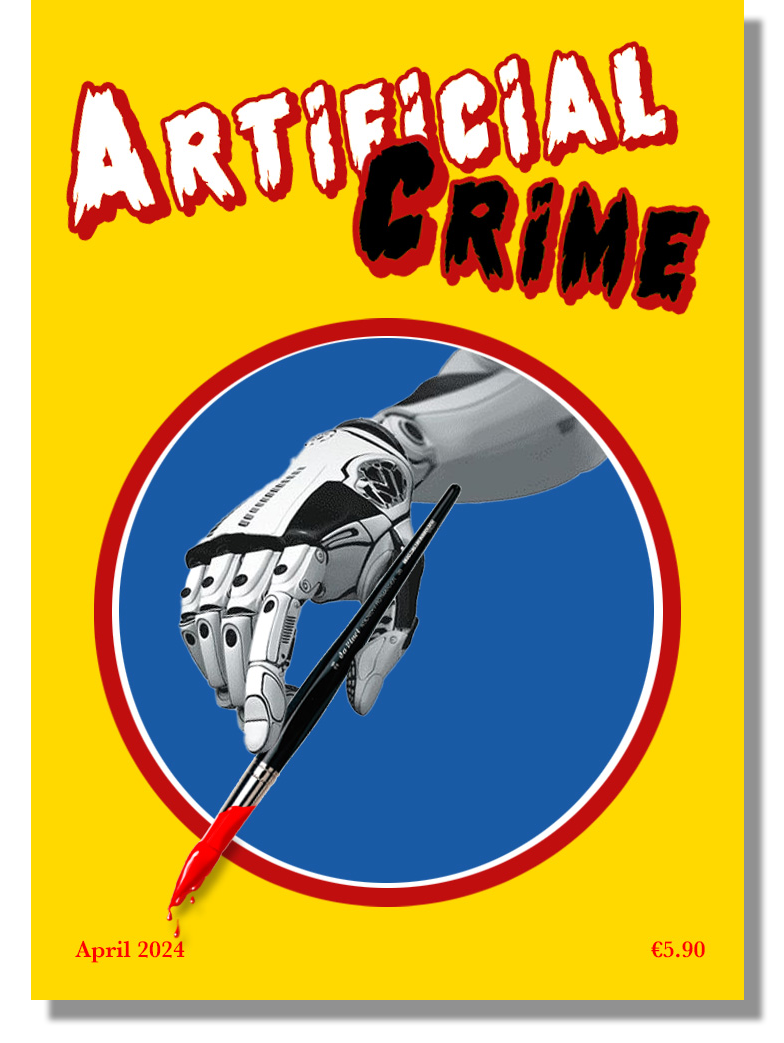
So far we have seen, and it is History that has taught us, that we can’t simply retreat and oppose this new, more global and profound technological “revolution”, which is also, and perhaps above all, conceptual and cultural.
In other words, it wouldn’t be productive to retreat into a restricted, isolated Amishlike community, each cultivating our own beautiful talent, making our delightful little short films, and watching them among friends, or screening them at some specialized festivals, maybe even winning some cute glittering category awards.
This thing, today, may be conceivable in other fields of the cultural industry, such as Poetry for example, but it would not be sustainable for animation, which is too linked to the cinematic industry, and therefore is first of all a matter of a collective creation, industrial production, marketing, distribution.
However, on the other side of the question, this new technological system turns out to be so complex and pervasive that even the possibility of being able to take the reins of command more or less directly appears to be a mirage, at least for the vast majority of people.
The control levers of this particular technology is, and will certainly be in the future, in the hands of a small elite (to use a term that I don’t like, but in this case it seems appropriate) of technicians/programmers in possession of the language necessary to create and educate the algorithms that supervise all its powerful processing and, above all, generative capacity.
All we have left is to adapt to it, then? But how?
To attempt to answer this crucial question, I would like to take a step back, and step outside the scope of our particular sectoral perspective.
Let’s imagine being in our living room at home, in a moment of tranquility, leaving aside for a moment our anxieties, all our ordinary work problems.
We insert a music disc into the CD player (it’s a somewhat “millenial” scenery, I realize, but it works with any album or song, of any genre or era, listened to from any digital or analogic device).
To give a concrete example, I will use one that I know very well and love, taken from my personal library.
So let’s listen to the dreamy adagio from W.A.Mozart’s violin concerto no.3 K216, soloist Mr. Gidon Kremer:
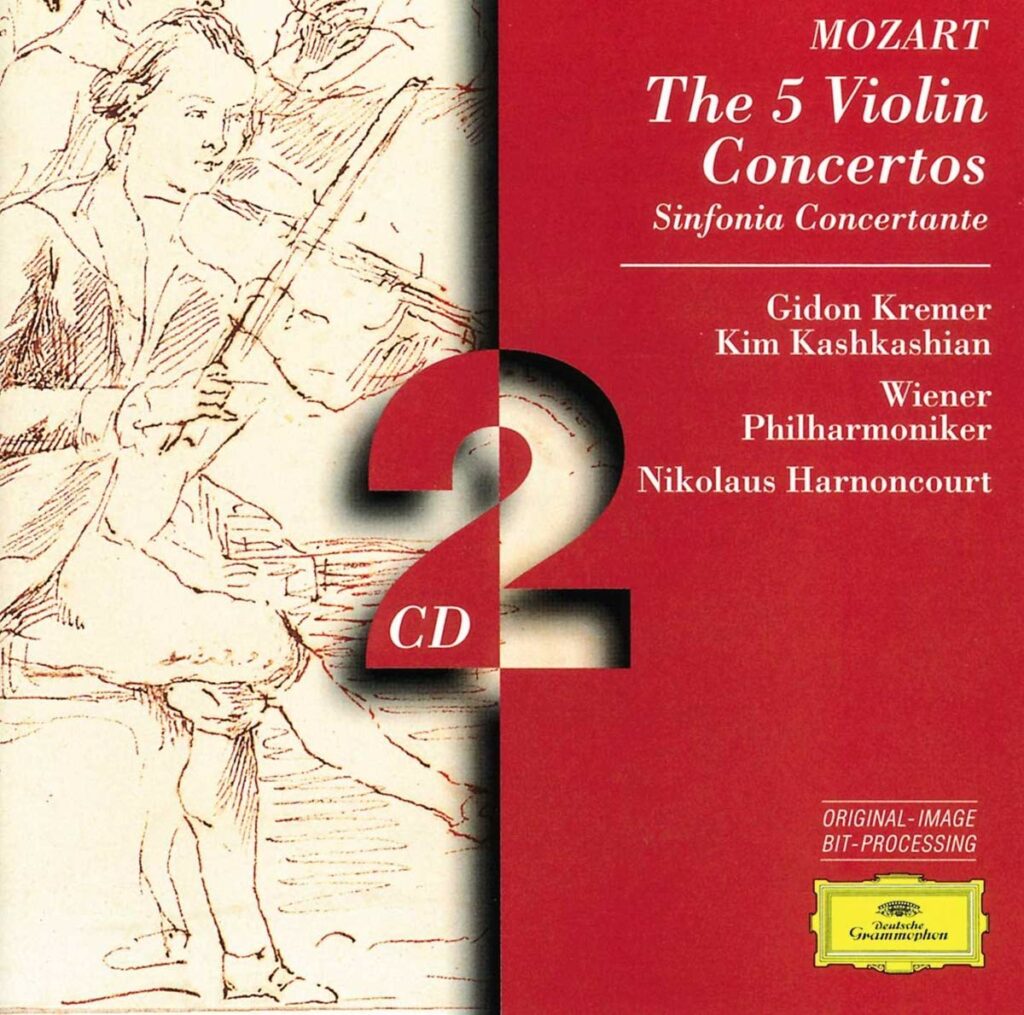
Therefore, we know that what we perceive are essentially a certain series of sounds, organized in a certain way, according to precise, historically consolidated canons of style, and we also know that, probably, with an appropriate spectrographic analysis, we would be able to reproduce “perfectly” these same sounds in an “automatic” way, using an advanced synthesizer, starting directly from the Author’s score, without mediation.
Let’s leave aside Mozart’s genius here, which is another step to climb, a much more imposing, not to say insuperable, challenge for any possible and imaginable generative AI.
Instead, let’s simply focus on execution. And let’s ask ourselves, while we listen to the song, what is it that really excites us, what is it that profoundly constitutes this experience, and makes it unique, memorable and in some way unrepeatable.
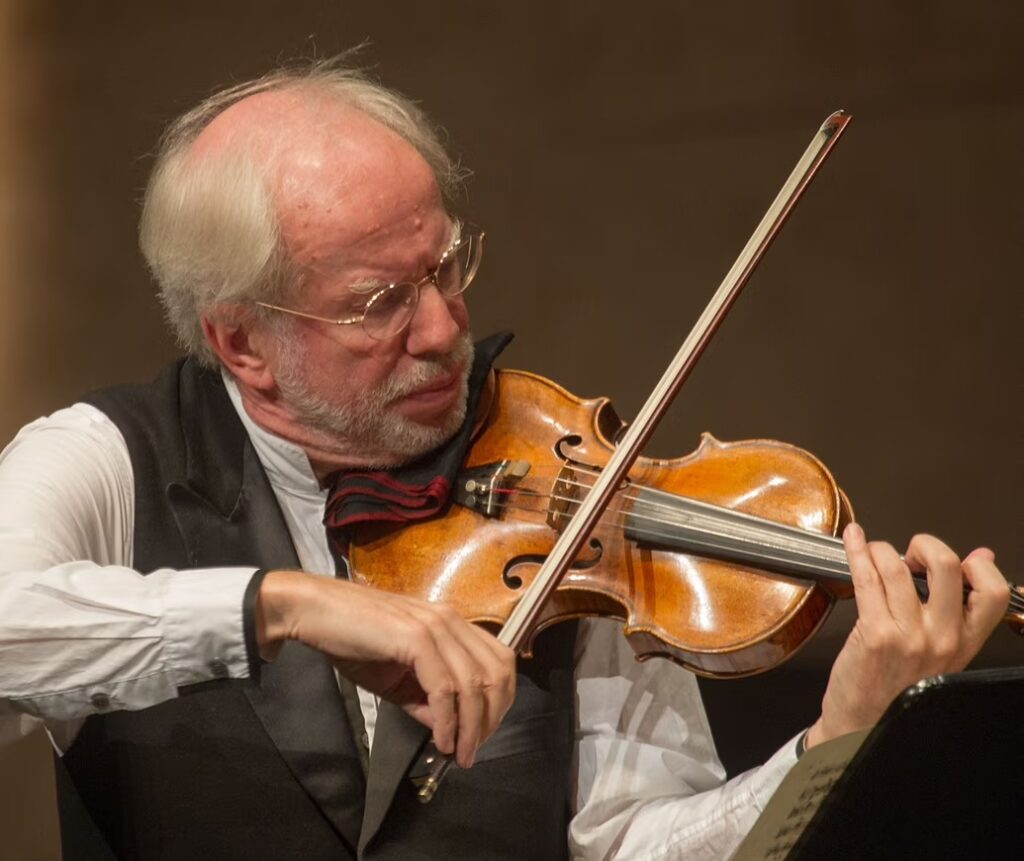
Well, it is certainly not the sequence of sounds itself: already in the 18th century any mechanical piano was able to reproduce a score from a roll, even a piece by Mozart himself.
What excites us comes mainly from our culture and our awareness as listeners.
Awareness that this “sequence of sounds” was thus imagined, organized and committed to paper by an 18-year-old human being named Mozart approximately 250 years ago. And now we can listen to it because another human being, an excellent violinist like Gidon Kremer, performed and recorded it a few years ago (I think in 1996), using a priceless instrument manufactured, with immense mastery, even before the Mozart’s era, by another human being, the great luthier named Nicola Amati.
Another example, now in the figurative art field: why do many of us (and I hope there are really many of us, given that our profession has something to do with images) go to visit museums? Art books aside (which belong to the first “era of technical reproducibility” of which Walter Benjamin wrote in his famous essay “The Work of Art in the Age of Mechanical Reproduction” (Das Kunstwerk im Zeitalter seiner technischen Reproduzierbarkeit – 1935), which I will also talk about later), to examine a painting and grasp at least part of the emotions it conveys to us, today it is enough to type the title and author into a search engine and we will be able to find a multitude of reproductions, as well as descriptions, critical essays , bibliographies, etc.
Yet the experience we can have in a museum is and remains incomparable, so much so that many of us willingly travel even long distances, perhaps undertake a special trip, pay the entrance fee to the exhibition rooms, and so on. Why?
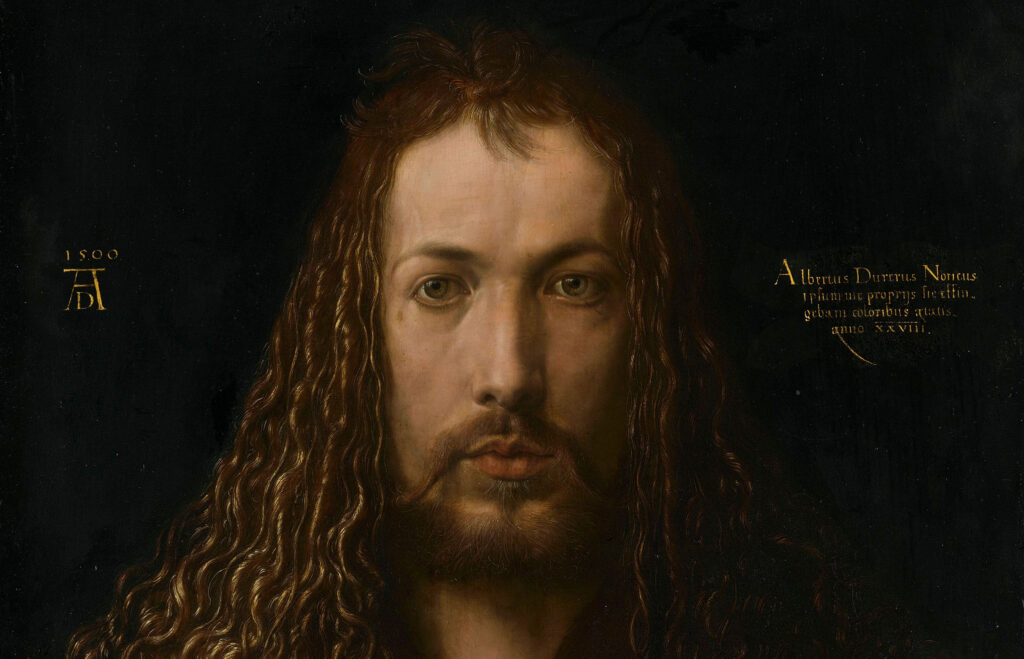
If we happen to be in Munich, for example, we can visit the local Alte Pinakothek (which I know it well, since I lived for years between Munich and Milan) where we can meet face to face with one of the most exciting paintings that I ever remember knowing so closely: the famous self-portrait by Albrecht Dürer, dated (autograph on the painting itself) exactly 1500.
What is it that excites us so much about this close encounter? We have certainly already seen dozens of reproductions of this famous painting, some of them even of high quality, however there is something ineffable that invests our experience as observers, permeating the artwork in an inseparable way, and certainly from the first moment this will be imprinted on our memory, illuminating every other vision of the same painting that we may encounter in the future as a “simple” reproduction. Something that certainly surpasses the infinite combinations of RGB (or CMYK), color depth, screen resolution, print quality.
As in the previous example, we simply KNOW, from our culture and experience, that a young (in his 29) man placed his brush soaked by a suspension of particular pigments in a base of linseed oil on that very canvas, to “reproduce” his vision of himself, and fix it potentially forever. THAT is the canvas, THAT the pigment, THAT the brushstroke, and THAT is the gaze captured by the vision of the author who reflected on himself, physically and spiritually, and which today, over 500 years later, reaches us, still in direct dialogue with us.
Certainly at this point many of you will have recognized in this whole discussion the emergence of a fundamental concept which was formulated for the first time by the Walter Benjamin mentioned above, in his book: the concept of “Aura”.
To summarize his original thought:
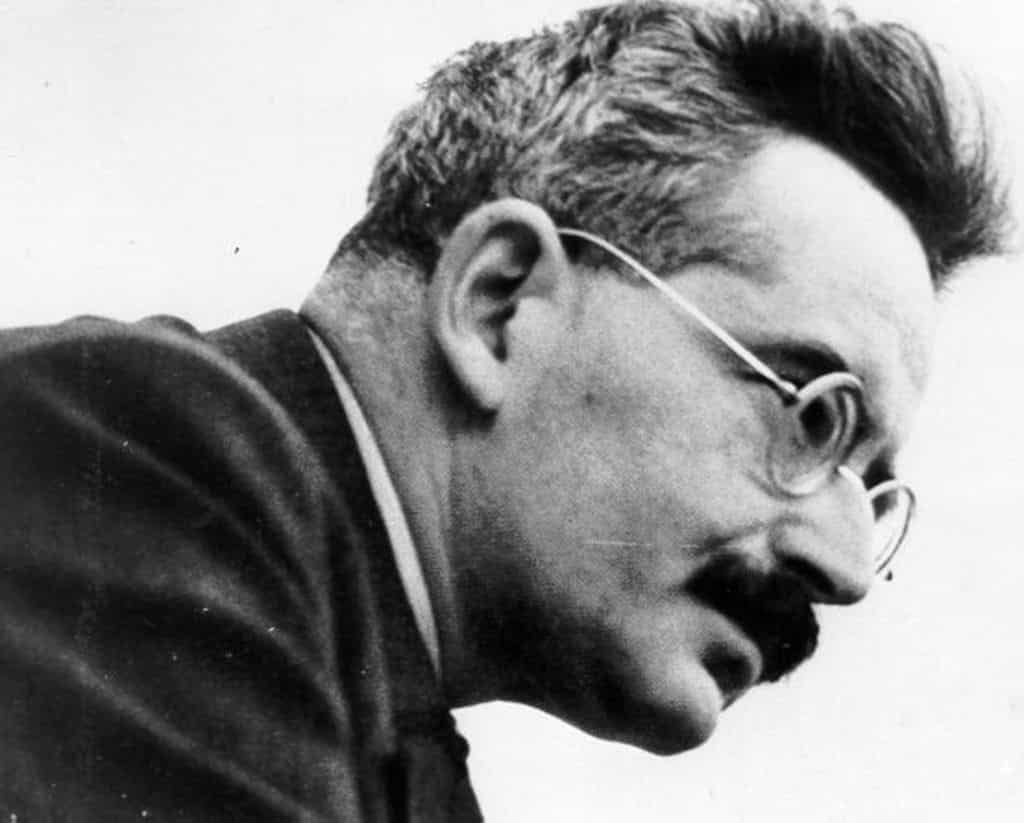
“Aura is a quality integral to an artwork that cannot be communicated through mechanical reproduction techniques – such as photography”
“Even the most perfect reproduction of a work of art is lacking in one element: Its presence in time and space, its unique existence at the place where it happens to be.” He referred this unique cultural context i.e. “its presence in time and space” as its “aura“
This important concept, forgotten for a while in cultural discourse, today presents itself with a new, extraordinary relevance, indeed, it acquires an even more enlightening and profound value, if possible.
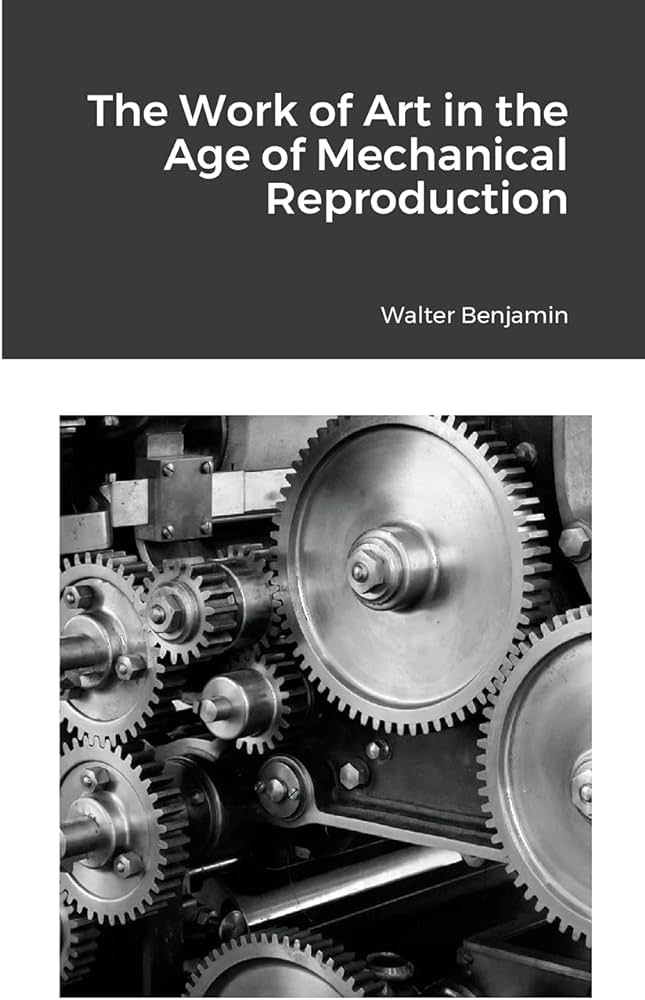
Naturally the original concept was developed in the 1930s, and therefore referred to the tools available and conceivable at the time, such as photography and printing, while today we are faced with a real explosion, a pulverization of reproduction systems, to which, as we will see, the concept of an original “generation” from scratch is also being added.
Yet never before can this concept be applied, with the necessary adjustments, to fully understand what is happening under our eyes.
In fact, it is no longer a question of a mechanical “reproduction” of an artwork and its multiplied diffusion over time or space. As we mentioned above, today we are witnessing a mechanization (“artificialization”) of the creative process itself, as the very definition of GENERATIVE AI says.
The definition, therefore, could be reformulated in this way:
“Aura is a quality integral to an artwork that cannot be generated through artificial processing techniques – such as AI.
“Even the most effective artificial generation of a work of art is lacking in one element: the presence of a human being as a catalyst and interpreter of experiences, its unique existence at the place where it happens to be generated.”
In other words, I believe that no algorithm, however sophisticated, and no system for collecting information and reprocessing it, will ever be able to recreate this “aura”, for a completely elementary reason: it is only we as humans who can generate perceive , interpret, transmit that aura. No artificial system will ever be able to do this, because it is simply “artificial” and not human.
Humans are the programmers, the technicians, the owners of that system, of course. The generation and management of this system is certainly human. But the system is designed to independently (i.e., artificially) GENERATE something, and this “something”, by definition, is no longer generated by a human.
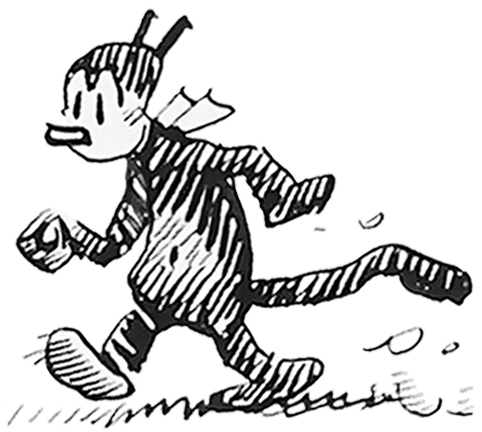
All this may seem like a rather abstract, ideological game of verbal definitions, but instead it is a fundamental cognitive distinction: we can hold a pencil (an elementary “mechanical” tool, but complete for the purpose for which it was manufactured) to draw the representation of a cat on a sheet of paper, and this will be the representation of that “cat” according to our unique and personal vision of it.
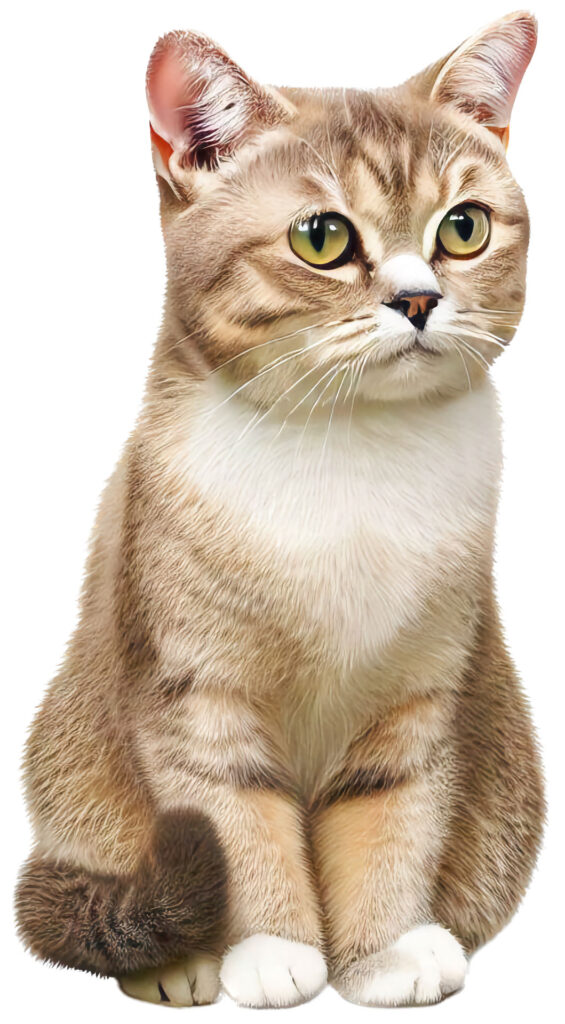
If, however, we had an ideal “AI pencil”, we could simply formulate the request “Please draw a cat”, and we would obtain an image of a cat generated autonomously by that tool. But the cat drawn this way will not represent our vision, but will be the product of an automatic processing of thousands of information retrieved from a huge database, completely independent of our cognition, regarding a | cat | concept.
We could also ask the system for something much more complex, the fruit of our particular imagination, or even from a dream, such as: “Please draw a pink cat in black boots and a pirate red hat riding a golden bicycle at night in Hobbitland”; and we would certainly obtain a rich, original and entertaining image (heck, I don’t want to even try…), which to produce manually would have required us hours of work and a lot of technical ability. But which will be always inevitably foreign to our original and unique vision, and the result of the elaboration of that of an unknown number of subjects different from us, and singularly unaware even of our very existence, and completely unaware of being part of this process.
Anyone who then saw the final product of this process could easily be led to believe that the final image presented has a true human origin, and is therefore the vehicle of a unique and original vision capable of transmitting a particular “human” emotion, but this would just be a scam, a fake, a fairground magician’s illusion, which doesn’t move the actual substance: the object is an “artifice”, it’s artificial, and that’s all. What it will transmit will not be the vision of an “author”, of a creator, but that synthesized by an algorithm of one, none or one hundred thousand anonymous “authors”, dispersed throughout the space of the web. It will therefore convey an emotion, if any, which is also completely artificial, synthetic, fake, standardized. In a word, lifeless.
And it will be lifeless because we, who look at the image, KNOW that this is how it is. Unless it is passed off to us through deception. And even in this case, we would have the sensation, even unconsciously, of its essential falsity.
And, to return for a moment to our particular profession, it is easy to understand how we would obtain a similar result if our instruction to the “machine” became: “Please ANIMATE a [pink] cat in [black] boots and a pirate [red] hat riding a [golden] bicycle [at night] in Hobbitland”.
At this point it will be necessary to recap what has been said so far, to understand how important this is for reviewing our present and our future prospects in the midst of this “perfect storm”, how we can think of maintaining control of the route, how can we manage not to get lost and shipwrecked in what will be, this is certain, a big epochal change.
This is what I will try to address, with humility but stubborn faith in the value of what we are and what we do, in the next articles.
9 – Let’s Rephrase: “Animation: Profession or Vocation?“
